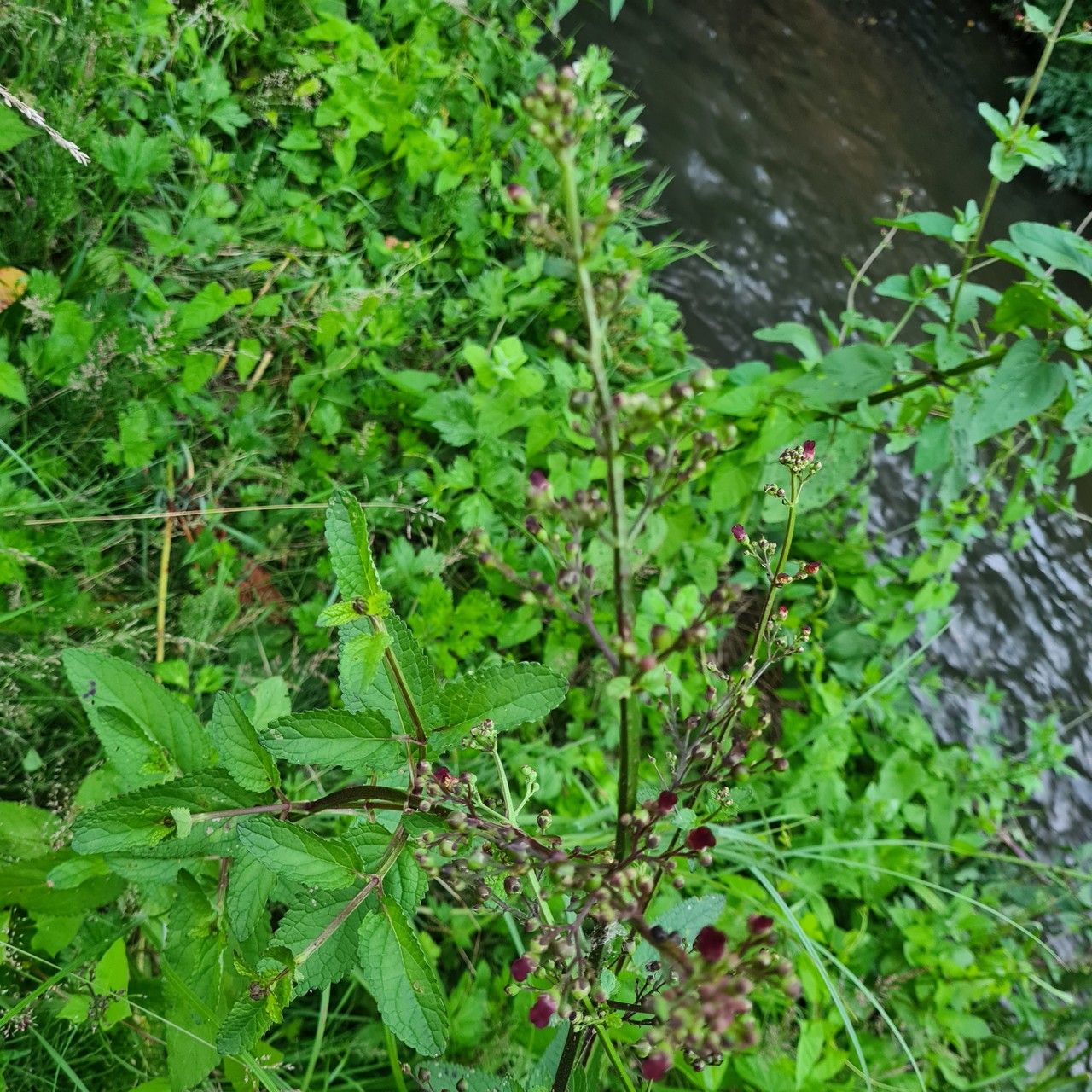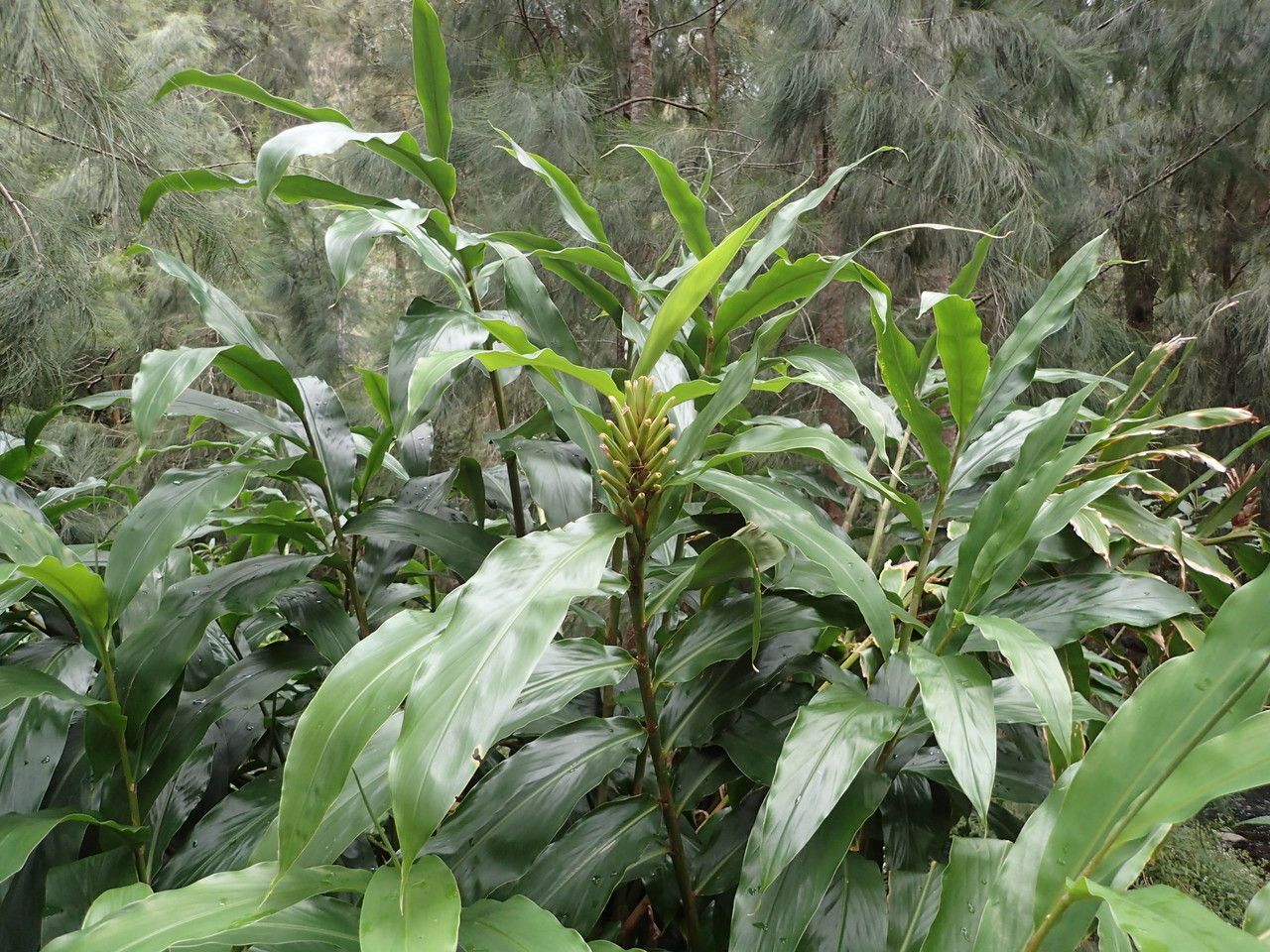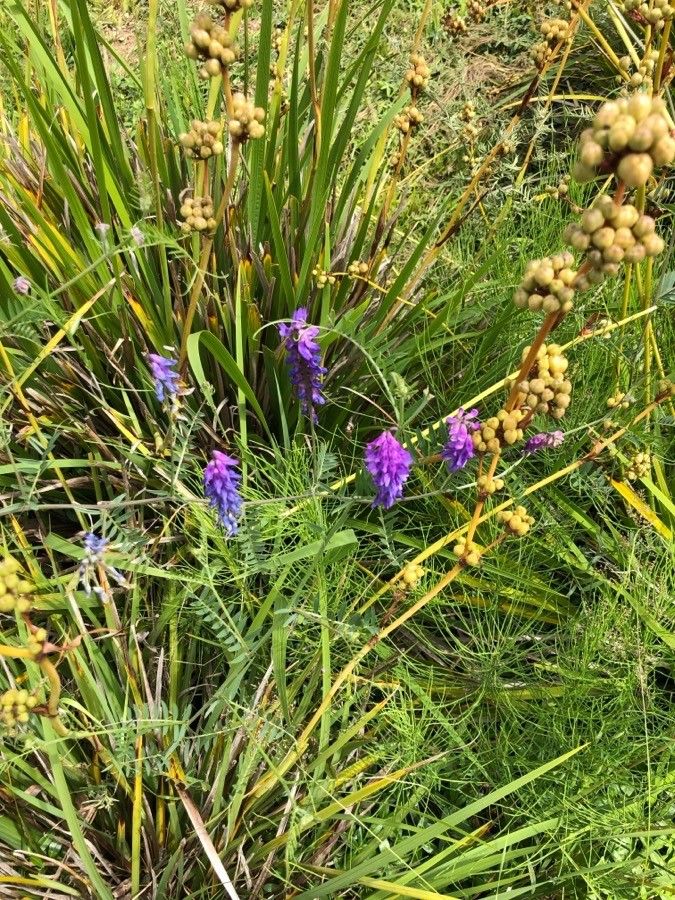## Cuban-Jute: A Comprehensive Grower's Guide
Cuban-jute (*Sida rhombifolia*), a member of the Malvaceae family (the same family as hibiscus and cotton), is a fascinating and versatile plant with a rich history. While often overlooked, this robust species offers significant potential for gardeners interested in fiber production and those seeking a unique addition to their landscape.
### Habitat and Growth
Native to tropical and subtropical regions of the Americas, Cuban-jute thrives in warm climates. It's remarkably adaptable, growing readily in various soil types, but prefers well-drained conditions. Its upright, branching habit can reach heights of 1-3 meters (3-10 feet), forming a dense, shrub-like structure. The leaves are distinctive, with a rough texture and a characteristic rhombic (diamond-shaped) outline. The small, yellow flowers are also a visually appealing feature, adding a touch of brightness to the garden.
### Sun Exposure and Soil Needs
Cuban-jute is a sun-loving plant, flourishing in full sun to partial shade. While it tolerates some shade, optimal growth and fiber production occur with at least six hours of direct sunlight per day. Regarding soil, well-drained soil is paramount; avoid waterlogged conditions, which can lead to root rot. The plant is relatively tolerant of soil types, performing well in sandy, loamy, and even slightly clayey soils. However, amending heavy clay soils with organic matter will improve drainage and aeration, promoting healthier growth.
### Propagation and Care
Cuban-jute is easily propagated from seeds or cuttings. Seeds should be sown directly into the ground after the last frost, or started indoors several weeks earlier. Cuttings, taken from healthy stems, root readily in moist soil. Regular watering is essential, especially during dry periods, but avoid overwatering. Fertilizing is generally not necessary, although a balanced, slow-release fertilizer can promote vigorous growth. Pruning is rarely needed unless you wish to maintain a specific size or shape.
### Uses and Benefits
Historically, Cuban-jute has been an important source of fiber, utilized in rope making, sacking, and other applications. Its fibers are known for their strength and durability. While less common now compared to other commercial fibers, it still holds potential for sustainable textile production. Beyond fiber production, it also has some ethnobotanical uses in traditional medicine. However, it's important to note that self-medicating with this plant isn't recommended without consulting a qualified healthcare professional.
### Pests and Diseases
Cuban-jute is generally a resilient plant, relatively resistant to pests and diseases. However, occasional infestations of aphids or other insects can occur. These can usually be managed with insecticidal soap or neem oil. Fungal diseases are more likely to appear in poorly drained soils, highlighting the importance of proper soil management.
### Conclusion
Cuban-jute represents a fascinating blend of practical utility and aesthetic appeal. Its adaptability, ease of cultivation, and historical significance make it a worthy addition to gardens worldwide. Whether you're interested in exploring sustainable fiber production or simply seeking a hardy, low-maintenance plant for your landscape, Cuban-jute deserves consideration.
Cuban-Jute: A Complete Grower's Guide

Frequently Asked Questions
How to grow Cuban-jute?
Cuban-jute can be grown from seeds sown directly into well-drained soil after the last frost, or from cuttings. Ensure at least six hours of sunlight daily and water regularly, avoiding overwatering.
What are the soil requirements for Cuban-jute?
Cuban-jute prefers well-drained soil. While it tolerates various soil types, amending heavy clay soils with organic matter will improve drainage and encourage healthier growth. Avoid waterlogged conditions.


